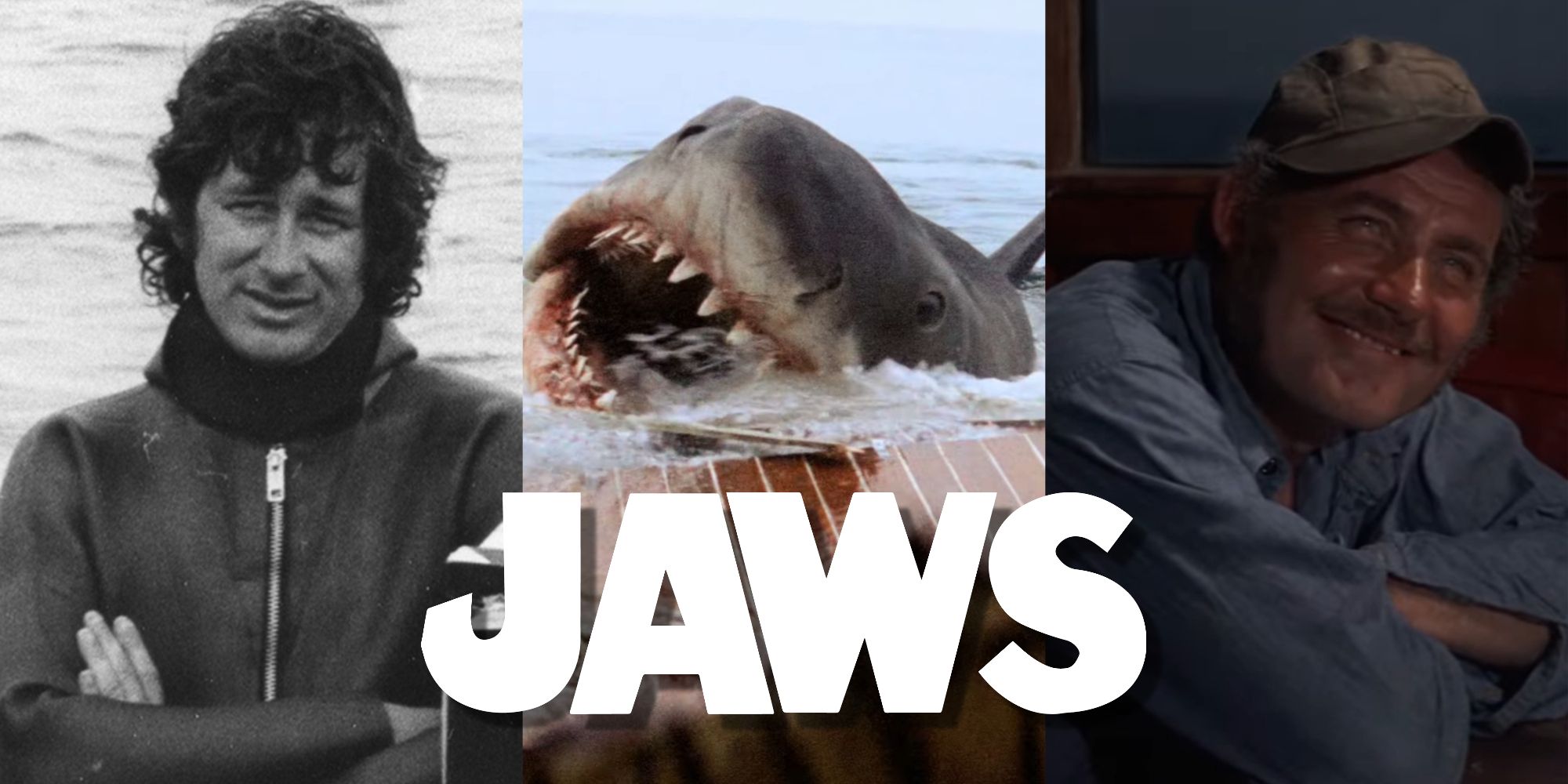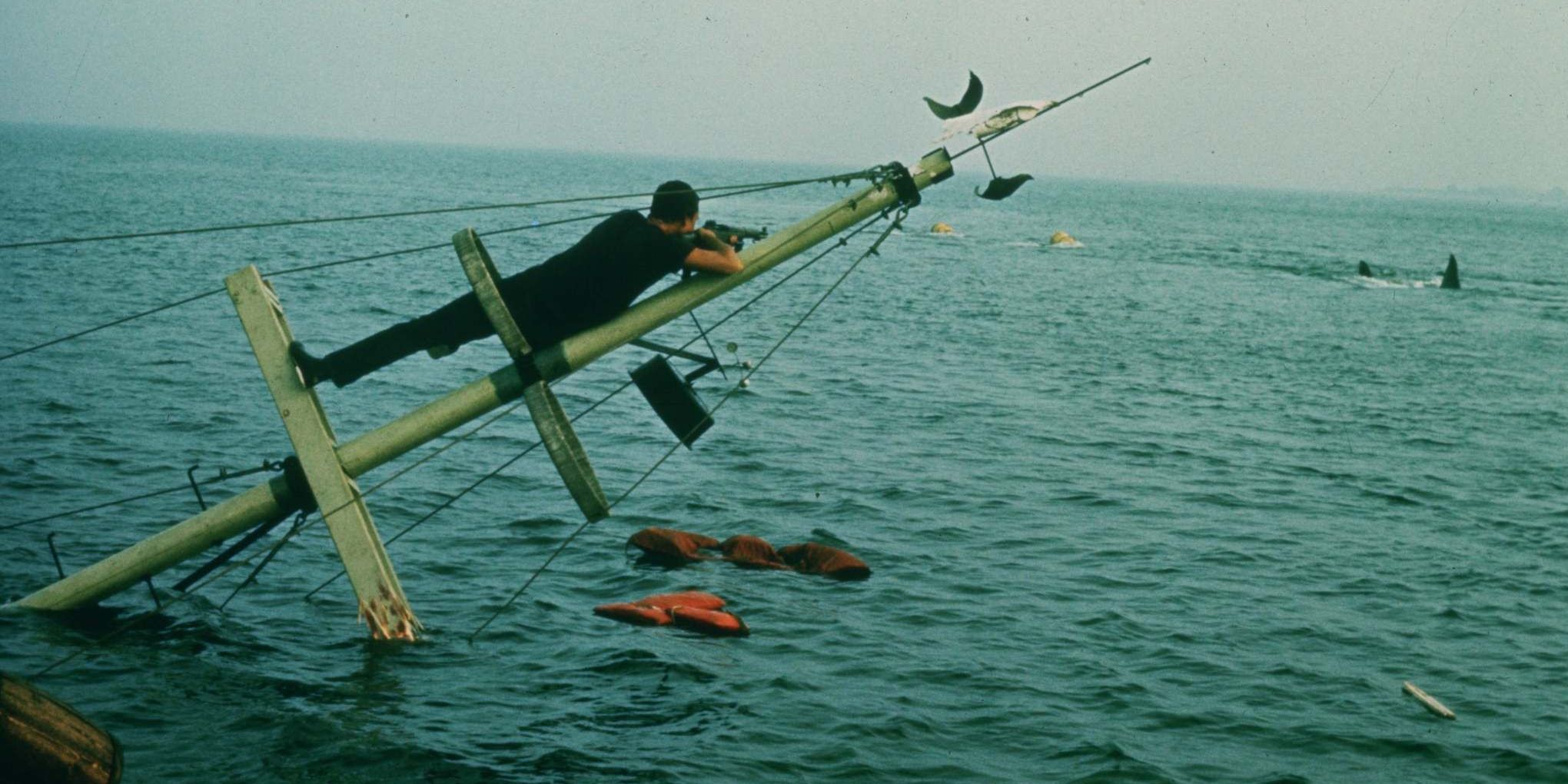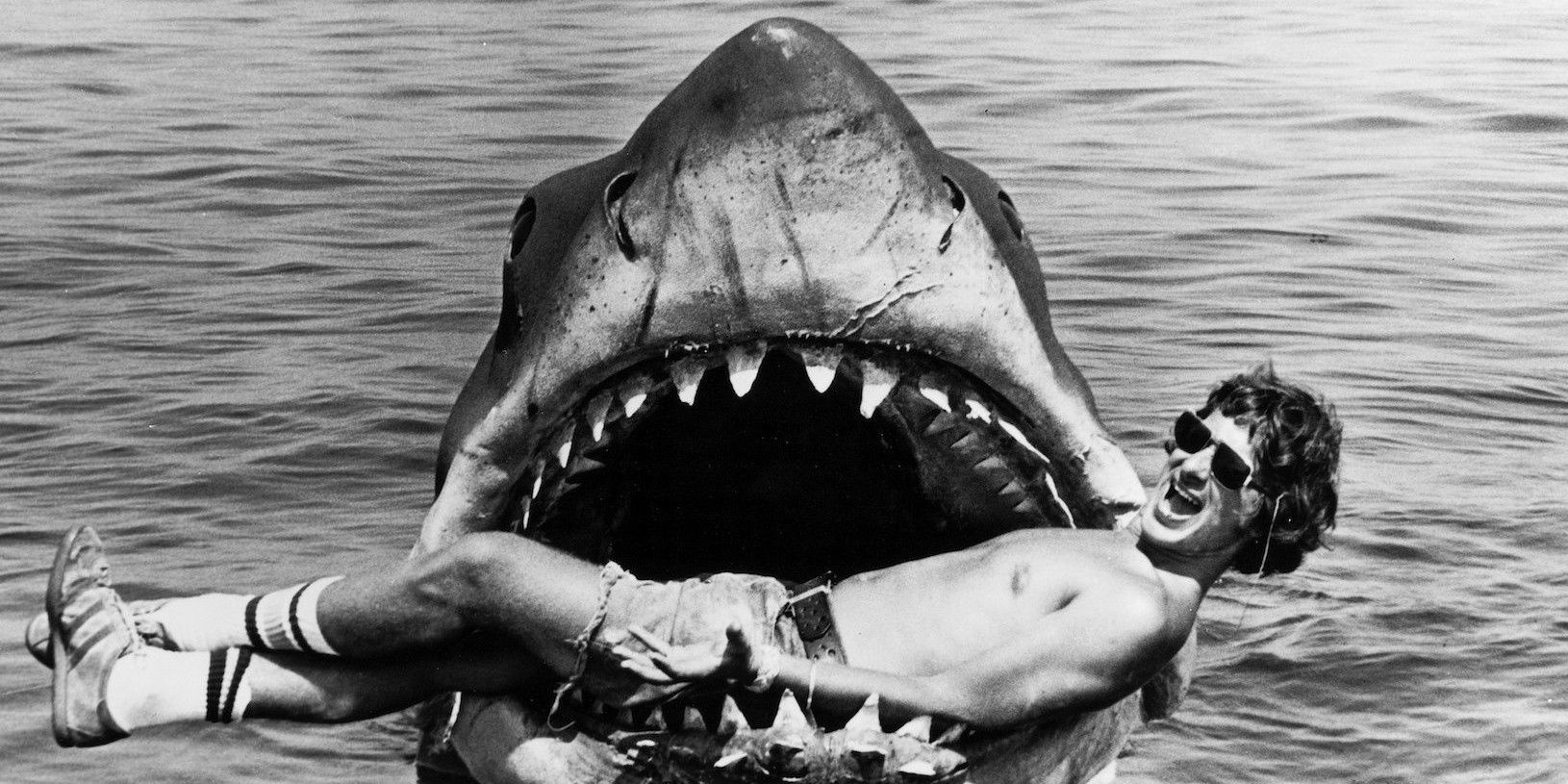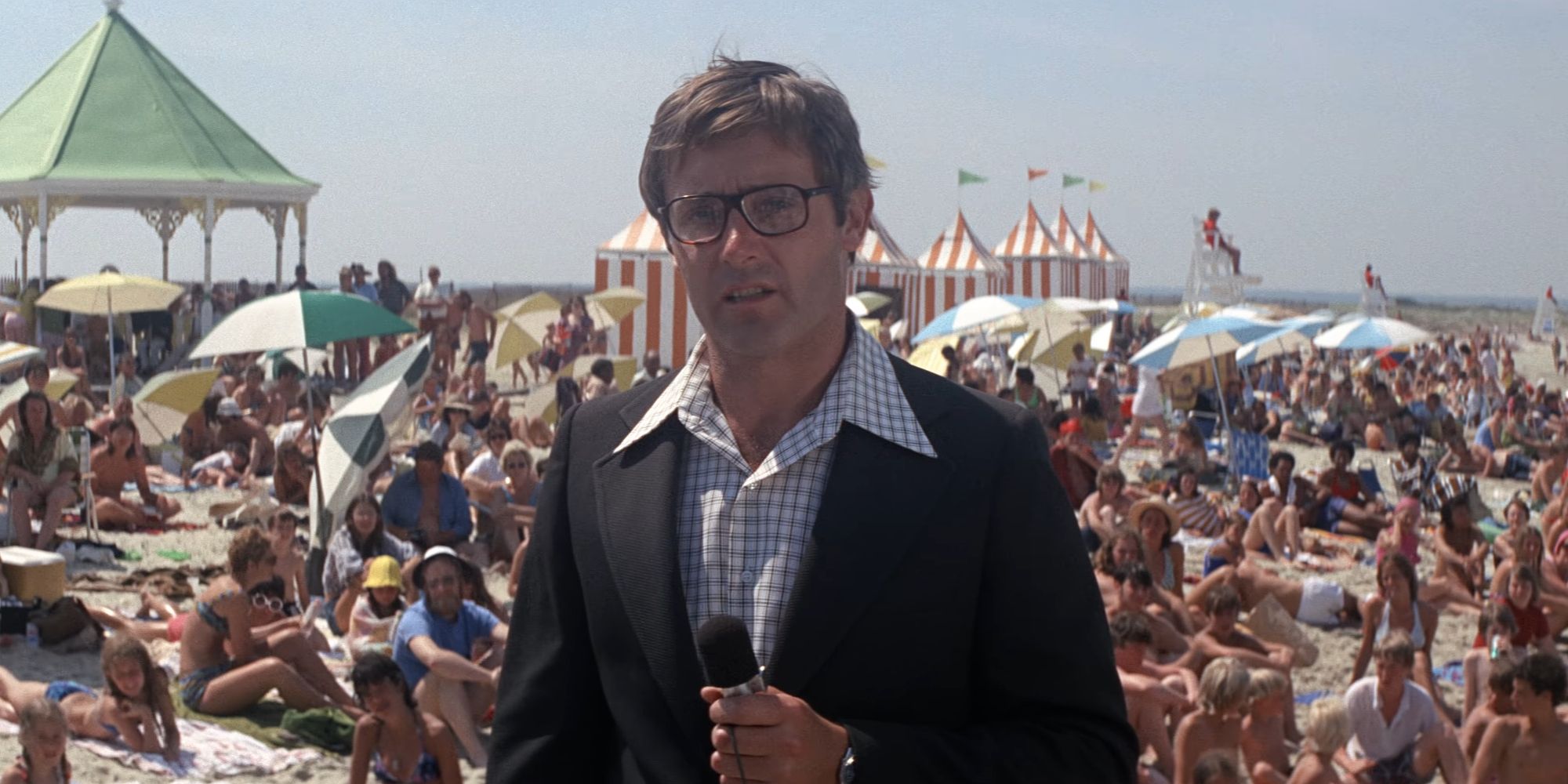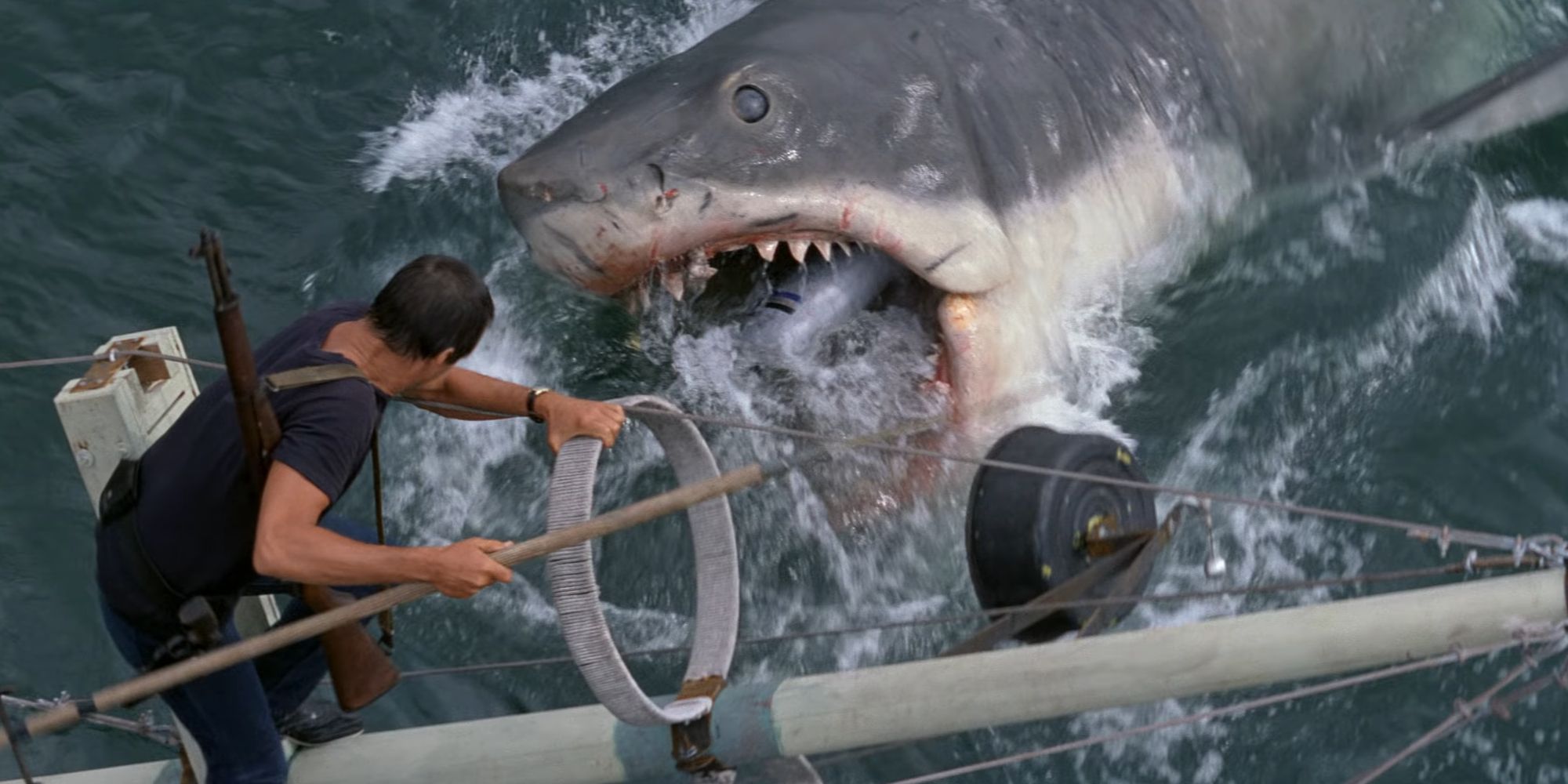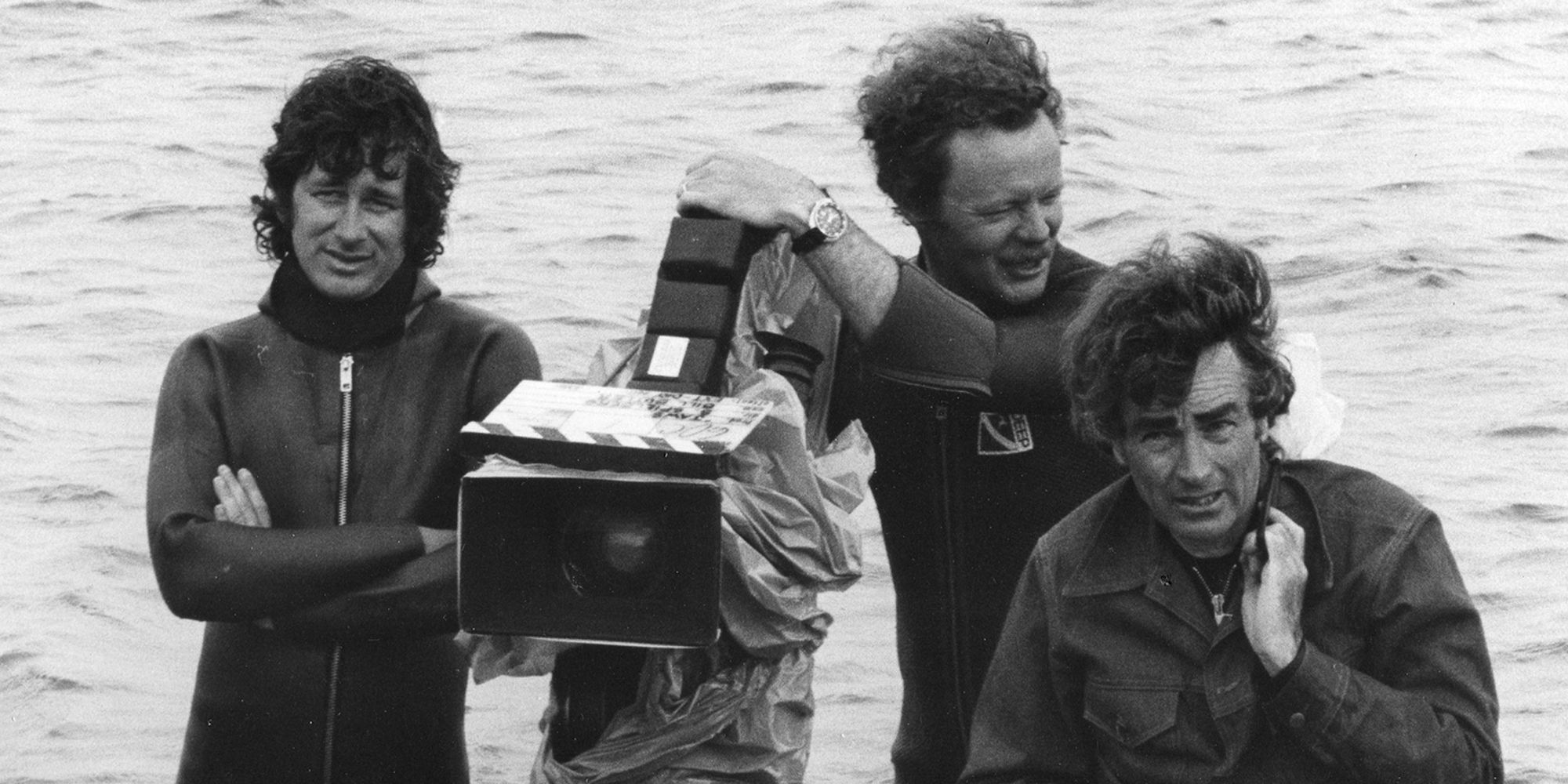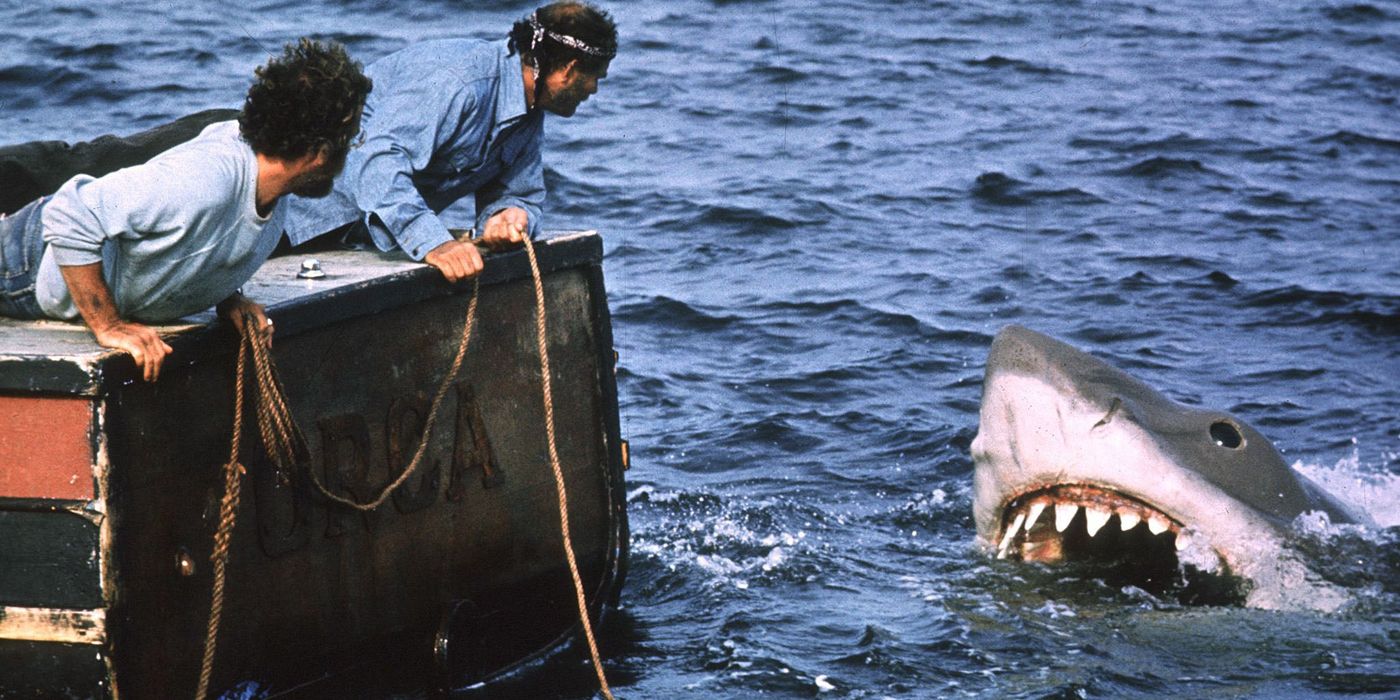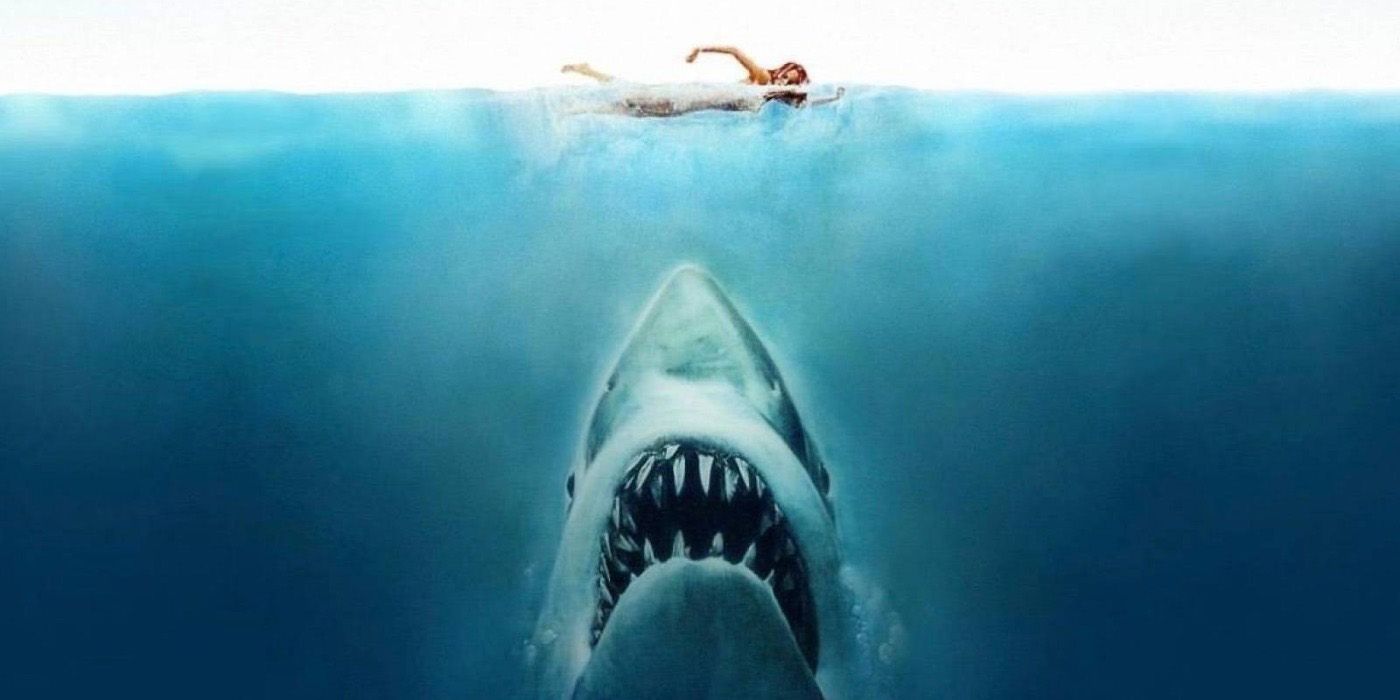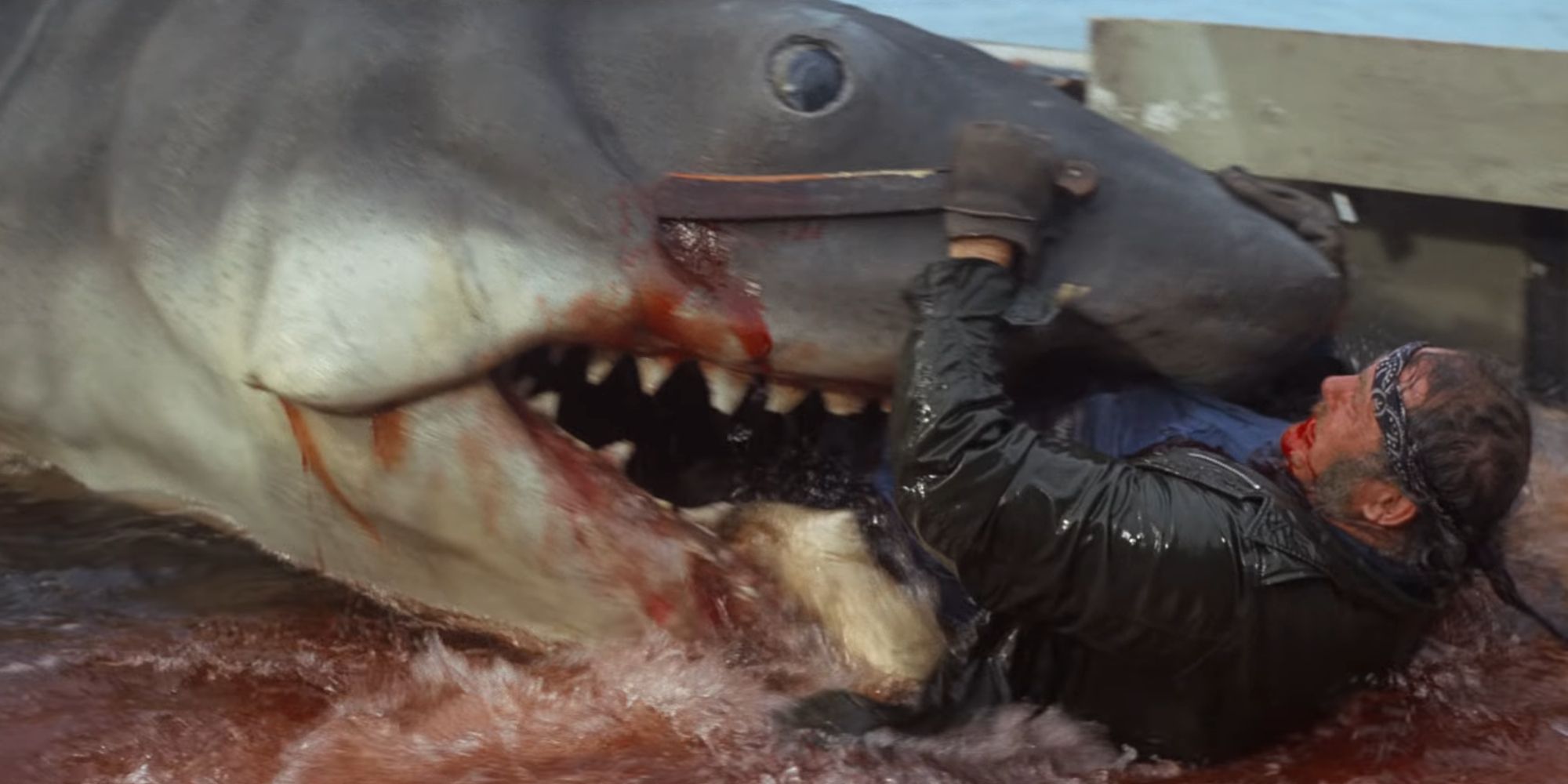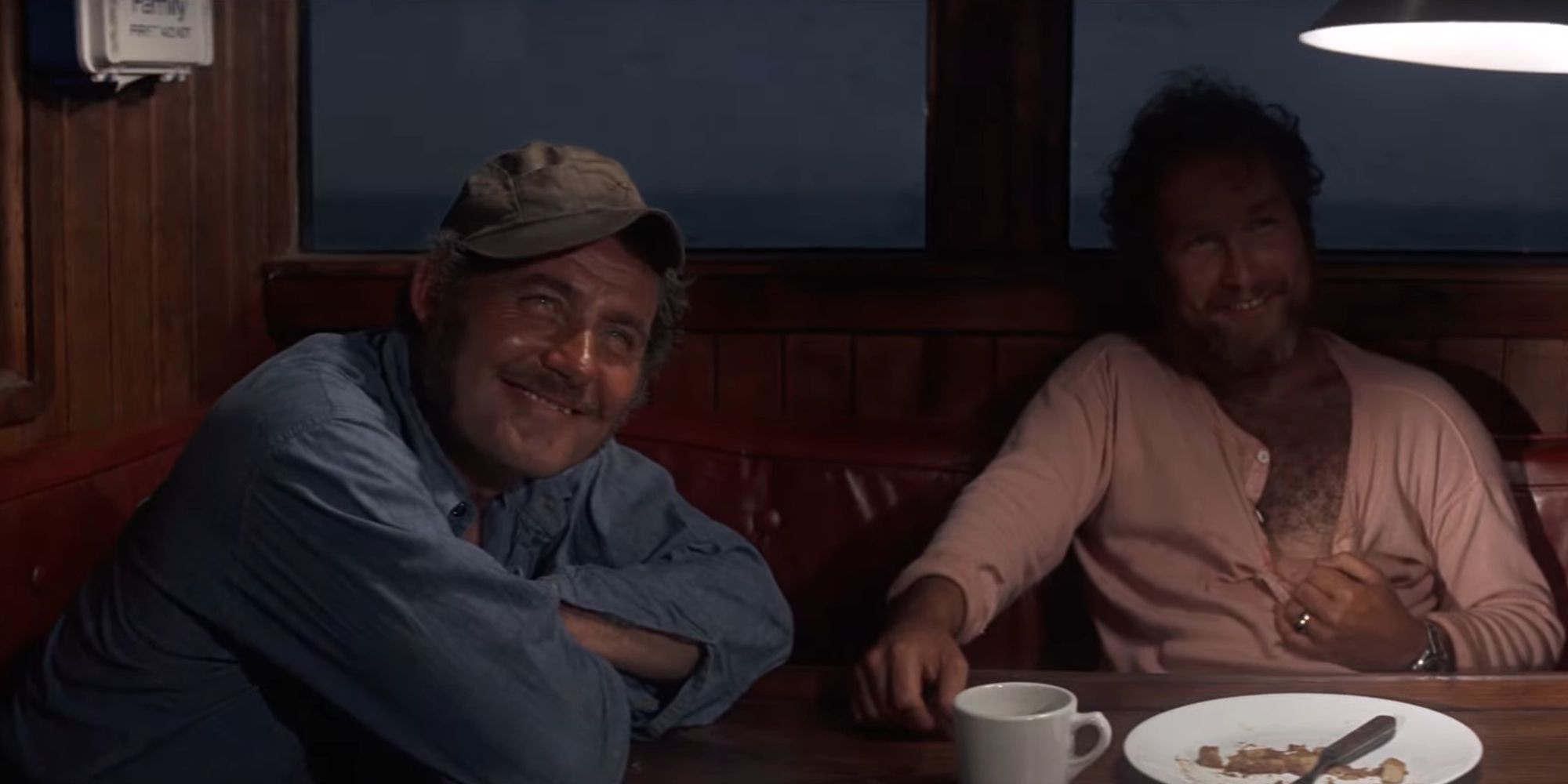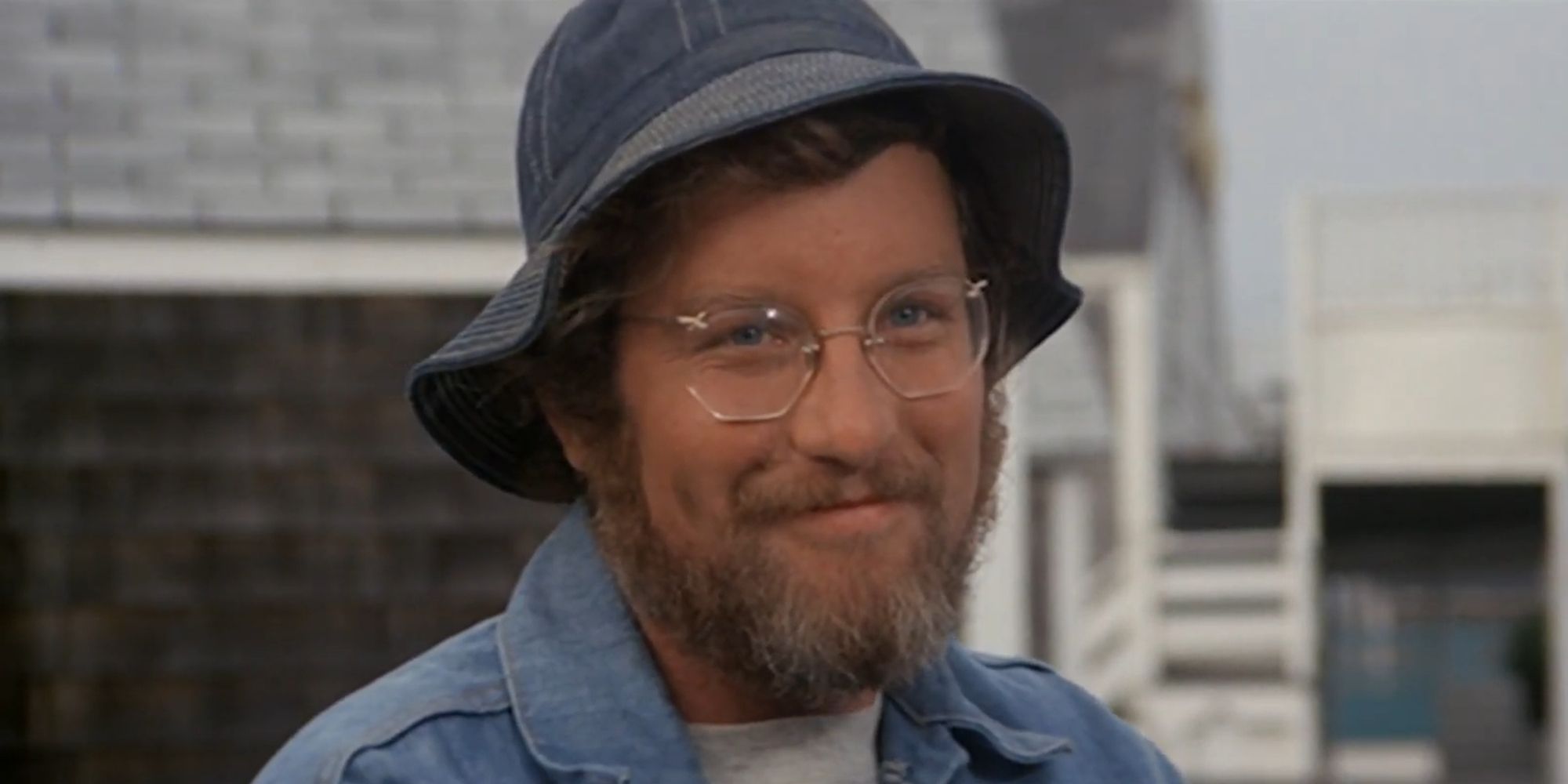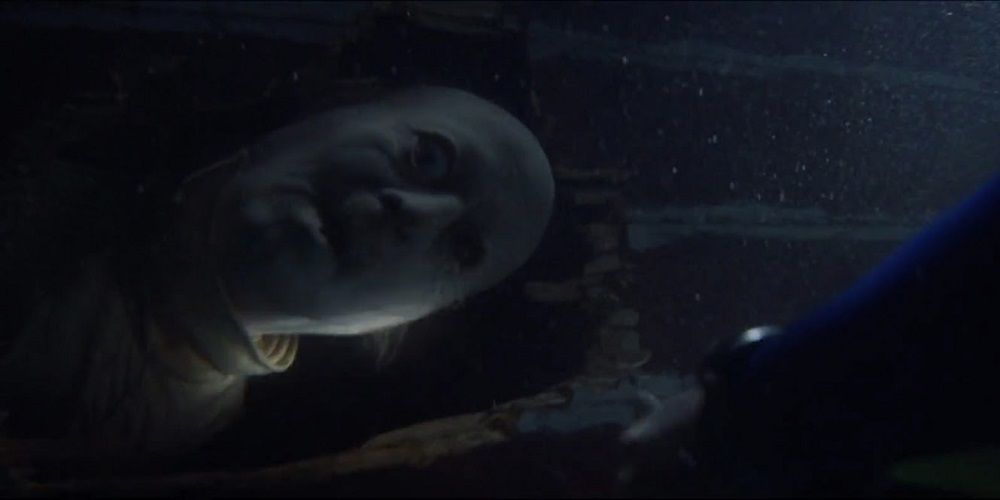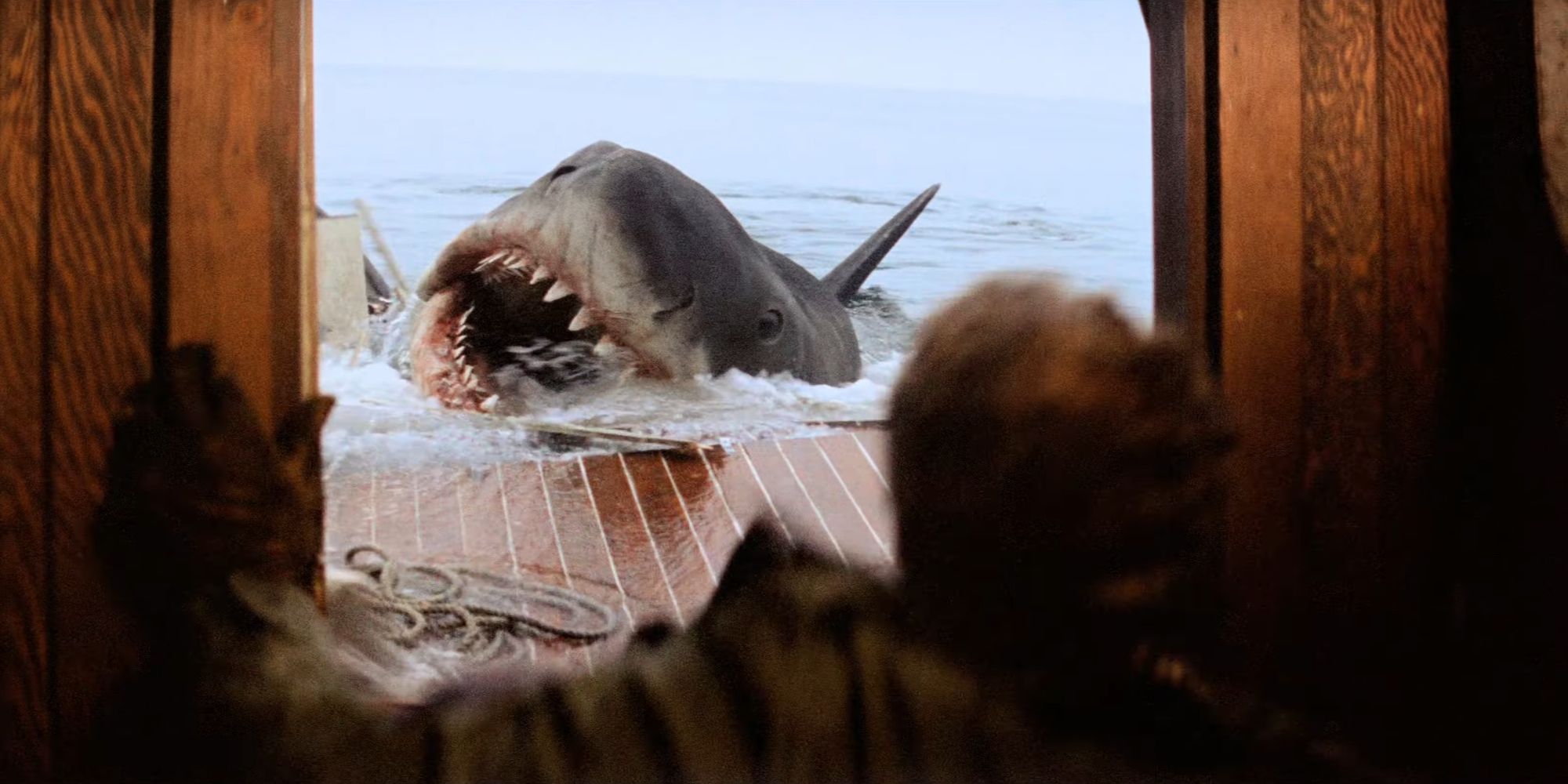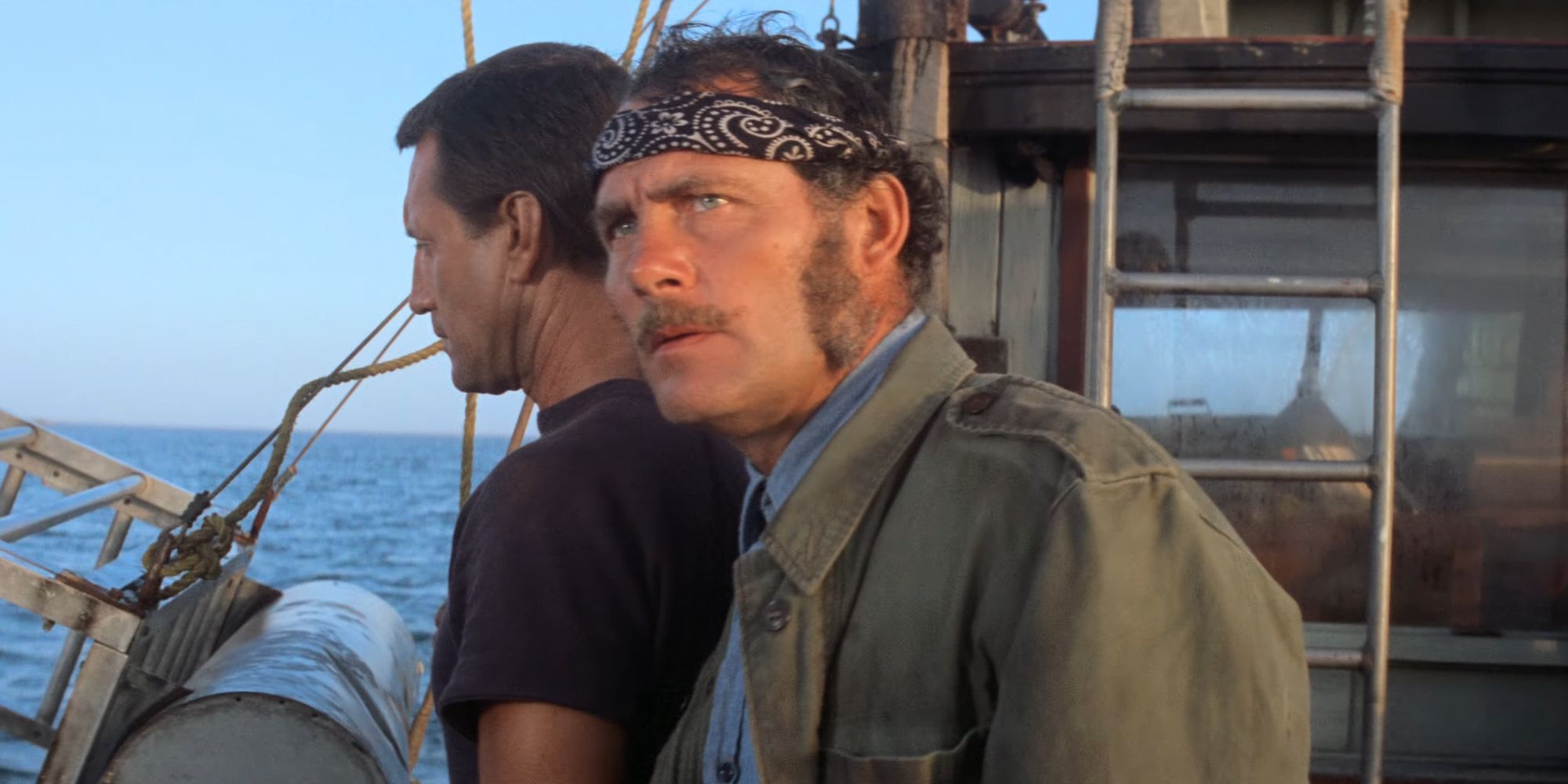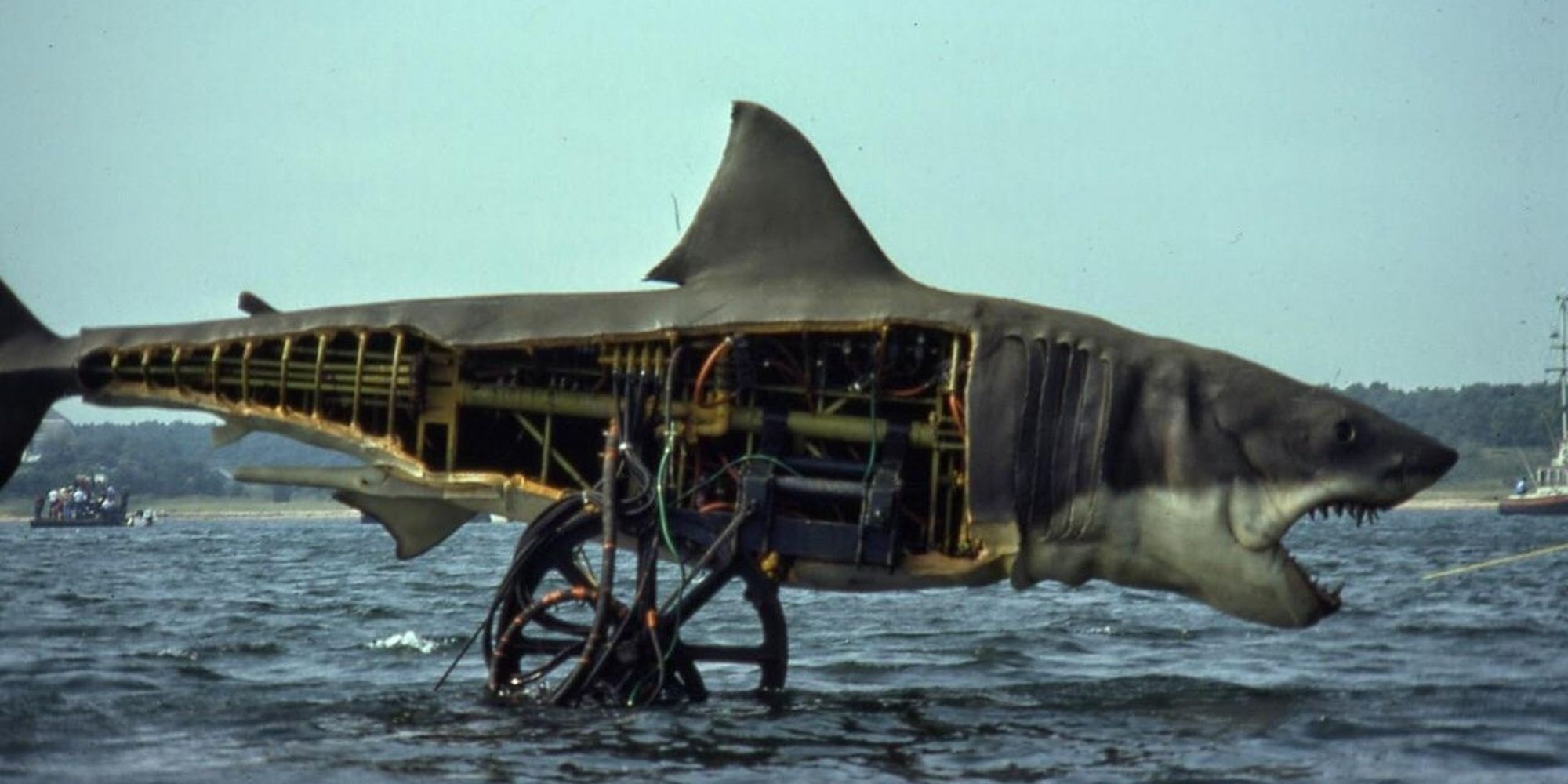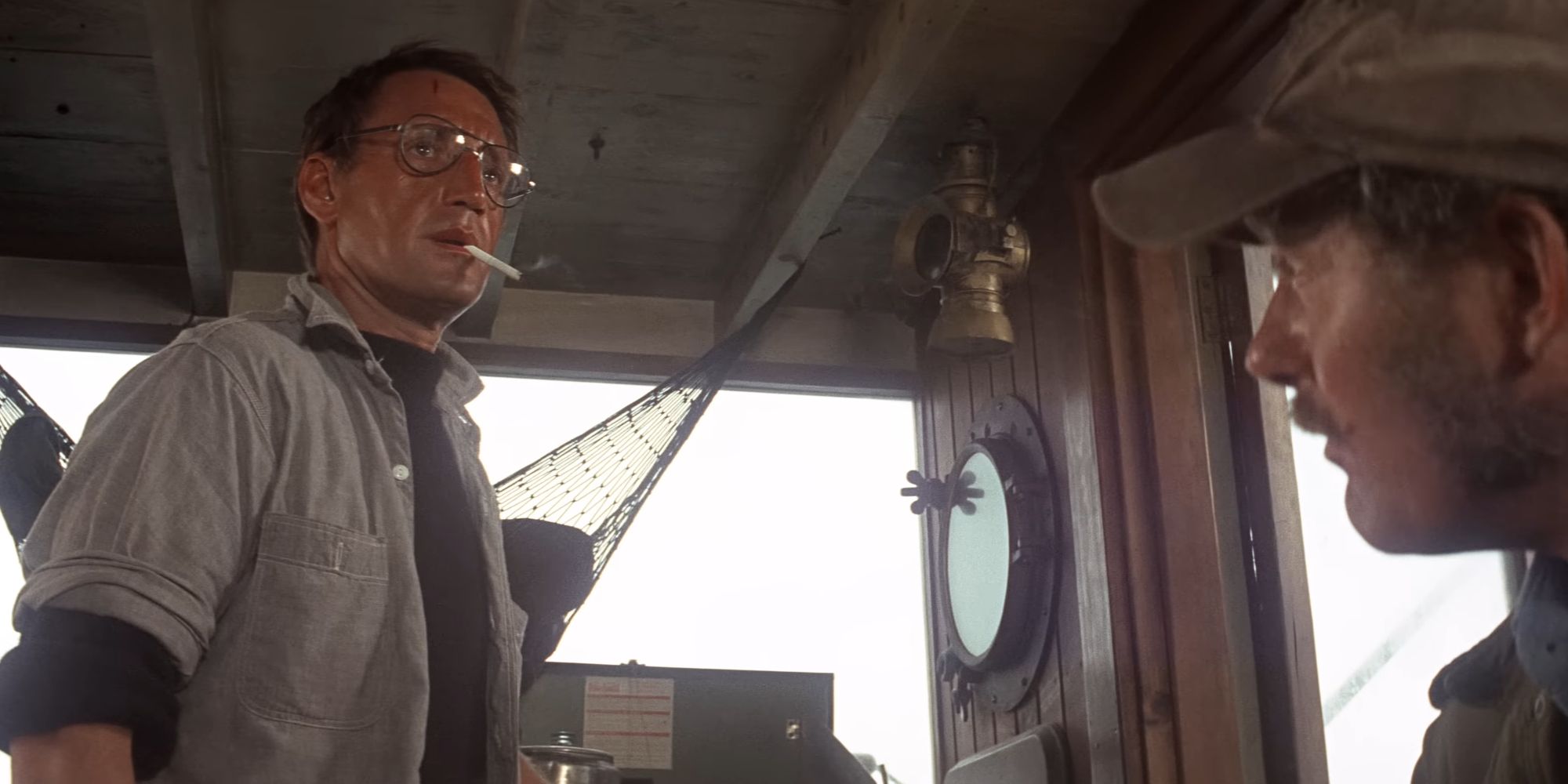One probably wouldn't know it while watching, but the making of Jaws was a complete comedy of errors. The movie is obviously a masterpiece, and it is an exceptionally made film. Even to this day, nearly fifty years later, it is still taught in schools and used as a prime example of various filmmaking techniques. It doesn't get much better than this.
But, like anything worth making, the process was a frustrating affair. It seemed like anything that could go wrong did go wrong, and a lot of people were not happy throughout the process.
Updated on July 28th, 2022 by Melody MacReady: Over 45 years later, Jaws remains an iconic film that bridges multiple genres. It's a horror film, it's a sea-epic, it's an adventure film, it's a thriller, and it even has quite a bit of comedy in it. It's because of this that it remains one of Steven Spielberg's greatest but the making of the film was not as much of a joy.
Steven Spielberg, the crew, and the cast all were put to the test with the budget being overblown, a month's worth of shooting turned into over three, and numerous problems with the shark. Thankfully, it all worked out in the end but there is so much that went into making Jaws the classic that it is today.
The Rights Were Bought In Haste
Jaws was an incredibly difficult movie to make, and that would certainly be apparent by reading the book. Unfortunately, producers saw dollar signs and didn't put much care into how the movie would be filmed.
Producers Richard D. Zanuck and David Brown quickly devoured the book and bought the movie rights for $175,000 before Benchley's novel was even published. They didn't think about the filmmaking process - they just thought it would make for a great movie. Brown admitted later that he would never have bought the rights had he known just how difficult it would prove to be.
Steven Spielberg Was Only 27
Jaws is the movie of an accomplished, seasoned, and experienced director. Which makes it all the more amazing to consider that Steven Spielberg was only 27 throughout filming. Jaws was filmed from May to October of 1974.
Spielberg was born on December 18, 1946, meaning he was just shy of 28 years old when filming wrapped in October. It's frankly amazing what he managed to do with the movie despite being so young and inexperienced. It would pay off and launch him to mega-success as one of Hollywood's most iconic directors.
Peter Benchley Has A Quick Cameo
The original author of the Jaws novel was given the chance to appear in the big-budget movie based on his work. It's not a blink-and-miss cameo either, he's actually commanding a good fifteen seconds of screentime as the reporter on the beach.
This is actually a common kind of cameo in films. Stephen King makes numerous cameos in films and mini-series based on his horror novels. One of the most famous examples is Stan Lee, who made cameos in a multitude of Marvel movies before his tragic passing.
Spielberg Was Not The First Director
When it came time to find a director, Zanuck and Brown sought out John Sturges. Sturges had previously directed a movie called The Old Man And The Sea, released in 1958. Adapting Hemingway is very different than filming an action blockbuster, and he was reconsidered for Dick Richards.
However, Richards had a very annoying habit: he kept referring to Jaws as a whale. In fact, this irritated the producers so much that they fired him. It was then that the relatively inexperienced Spielberg was offered the job. The only thing is he didn't really want it.
Spielberg Was Contractually Trapped Into Directing The Movie
Spielberg did a wonderful job with Jaws, but he wanted to work on something more esteemed than a shark adventure movie. He reportedly didn't want to be typecast as "the truck and shark director," as he had previously found success with the TV movie Duel, which follows a psychotic truck driver chasing a man through the Mojave Desert.
Spielberg got cold feet before shooting began and wanted out in order to direct other movies. Unfortunately, he had already signed the contract, and Universal threw him a megaphone and directors' chair and told him to get to work.
Peter Benchley Was Not The Best Screenwriter
Peter Benchley wrote the source novel and is given credit alongside Carl Gottlieb as the writer of the movie, although not much of Benchley's script was used. While Benchley made a compelling novel, he proved a lackluster screenwriter.
Spielberg hated the original drafts, with much of the criticism going to the unlikeable characters and a subplot featuring an affair between Ellen Brody and Matt Hooper. which is a common problem with the novel as well. Spielberg eventually found Gottlieb, and a quick dialogue polish turned into a complete re-writing of the script. Many other writers provided some specific alterations, including Dirty Harry writer John Milius.
The Movie's Poster Was Actually Meant For The Book
Back in the 1970s, a poster was pivotal for marketing since audiences couldn't just look up trailers like they can today. So, that iconic poster of the great white shark coming up towards a swimmer from below was an eye-catcher that remains what many people think of when they think of Jaws.
It's interesting to think that the poster audiences saw was never meant to be for the film's poster. According to AARP, Roger Kastel illustrated that image for the paperback version of Peter Benchley's novel.
The Shark Has A Name
It's never stated in the movie but behind the scenes, the animatronic shark was such a pain for Steven Spielberg that he actually nicknamed it Bruce. Spielberg got the name from his lawyer Bruce Ramer and since this information has come out, many fans have nicknamed the in-movie shark Bruce as well.
This would not be the end of the nicknames. Each movie has its own shark named by the fans: Brucette in Jaws 2, Brucetta in Jaws 3D, and Vengeance in Jaws: The Revenge.
Hooper & Quint Were Cast With Just Nine Days To Go
With just a little over a week to go, Spielberg and his team faced one little problem: they didn't have a Hooper or a Quint. Quint was offered to actors such as Lee Marvin, but everyone declined. The producers then suggested Robert Shaw, who reportedly hated the book. However, he took the role at the urging of his then-wife, Mary Ure.
George Lucas suggested Richard Dreyfuss after working with him on American Graffiti. When he finally accepted, Spielberg told him not to read the book, as he planned on changing so much that it would be pointless.
Richard Dreyfuss Did Not Have Faith In Jaws
After months of production being extended and going far over the budget with cast and crew both miserable, it's easy to understand why some thought Jaws would bomb. According to Yahoo, one of the movie's leading men, Richard Dreyfuss, was actually so convinced that Jaws was a failure, he told people not to see it prior to release.
Much to his surprise, Jaws would go on to be one of Richard Dreyfuss' biggest films and become one of the first examples of a blockbuster. It also would be the start of a shark movie phenomenon that continues to this day with many other films about killer sharks.
One Of The Scariest Scenes Was Filmed In A Pool
Despite having already wrapped up filming, Steven Spielberg was not happy with the results of the famous Ben Gardner scene. Apparently, when Hooper found the corpse, it just wasn't scary enough so Spielberg worked with the editor Verna Fields and reshot the scene with a small crew in her swimming pool.
The result was the jumpscare sequence that terrified audiences. To think it is all filmed in a six-foot-deep pool but Spielberg being the master class filmmaker made it look like it's in the black void of the ocean.
They Tried Training A Great White Shark
The producers, after buying the movie rights without thinking through the logistics, realized they had a problem. Jaws is about shark attacks, so they needed a shark. And not just any shark: a vicious great white that would attack human actors without harming them.
Their solution? To train a great white shark, as stated by SlashFilm. They actually tried doing so but quickly gave up after realizing that it was impossible. Expensive mechanical sharks were made instead - much to the chagrin of the producers.
Robert Shaw Was An Enormous Pain
As great as Shaw is as Quint, he proved an enormous pain for the cast and crew. He also seemingly hated Richard Dreyfuss, so much of their antagonistic banter in the film has a shade of truth and authenticity. However, according to SlashFilm, Shaw might have been antagonistic on purpose to make the rivalry between Hooper and Quint feel more real.
Finally, Shaw was a notorious alcoholic and often binge drank on set. Unfortunately, heavy drinking and alcoholism would lead to the death of Shaw's wife, Mary Ure, and possibly Shaw himself; he died in 1978 from a heart attack.
Shooting In The Ocean Caused Countless Problems
Spielberg himself attributes the disastrous production to his young age, inexperience, and hubris, as he didn't think shooting on the open water would be a problem. It most certainly was. As per Bold Entrance, the animatronic shark suffered many mechanical problems, like the saltwater wreaking havoc on the shark's pneumatic hoses and causing corrosion.
Cameras got soaked from the constant splashing of water. Shooting on the open water caused civilian boats to float into frames. The sharks often ballooned from the neoprene foam taking on water. Everyone got seasick and sunburnt. By the end of filming, Spielberg feared for his future in the industry. Thankfully, Jaws proved to be one of many great successes despite a rocky production.
A Now-Famous Line Was Improvised
Jaws is filled to the brim with memorable quotes from many different characters. One of the most iconic is when Martin Brody sees the shark for the first time and says to Quint, "You're gonna need a bigger boat." In terms of delivery and execution, it just sounds like a line meant to hook audiences.
The truth is that it was all Roy Scheider. That line was never in the script and the actor improvised it on the spot which led to cinema history. Now "You're gonna need a bigger boat' can be found on clothes, mugs, and other forms of merchandise. Even Stephen King stated that he considers it the greatest line in cinema history.

